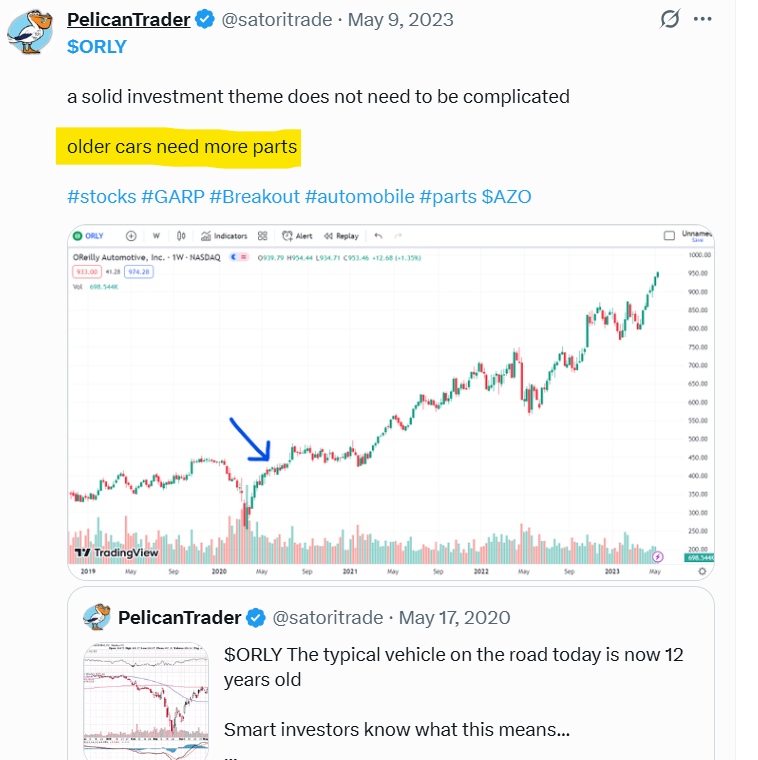Warren Buffett’s Dip-Buying Blueprint: 5-Step Filter for Smarter Investing
Unlock Warren Buffett’s five-step formula for buying the dip—moats, earnings, ROE, leadership, and value—to transform price drops into profits like a pro.
Warren Buffett’s Steps to Buying the Dip: Are You Doing It Right?
What if "Buy the Dip" isn’t the foolproof strategy you’ve been led to believe?
You’ve got cash to invest and a sharp eye for price drops.
You also know not to blindly jump on every "hot" stock tip.
But here’s the catch: even a dipping stock can sink your portfolio if you’re not following the right playbook.
Lucky for you, Warren Buffett, the man who turned a sensible approach into a $160 billion fortune—has cracked the code.
He doesn’t just buy any dip.
He buys the right dips.
Guided by a set of timeless steps.
Ready to invest like the Oracle of Omaha?
Here’s how Buffett turns a simple price drop into a wealth-building opportunity - and how you can, too.
Step 1: Seek a Strong Economic Moat
Buffett doesn’t chase every falling stock. He hunts for companies with a durable competitive advantage - something he usually refers to as a moat.
A moat that keeps rivals at bay.
Think unbeatable brands (Coca-Cola), unique products, or high switching costs that lock in customers.
“The most important thing is trying to find a business with a wide and long-lasting moat around it … protecting a terrific economic castle with an honest lord in charge of the castle.” — Warren Buffett
Ask yourself:
If a competitor with unlimited cash tried to steal market share, could this company hold its ground?
Buffett bets on giants like Apple, Coca-Cola, and American Express, businesses that laugh off threats.
When you buy the dip, make sure it’s in a stock with a moat this wide.
Step 2: Demand Consistent Earnings Power
Buffett loves predictability.
He targets companies with steady, reliable profits—not ones riding volatile boom-and-bust waves.
Take O’Reilly Automotive ORLY 0.00%↑ as an example.
Years ago, I wrote about its simple thesis: “Older cars need more parts.”
That clarity has fueled consistent sales and profit growth for five years—and counting.
“Risk comes from not knowing what you’re doing.” — Warren Buffett
Buying a dip doesn’t mean you’re in the clear.
Buffett avoids that trap by sticking to businesses he understands—ones where future earnings are as close to a sure thing as you can get.
Step 3: Insist on High Return on Equity (ROE)
Buffett wants companies that turn shareholders’ equity into profits efficiently—think 15% ROE or higher.
Return on Equity (ROE) is a financial metric that measures how efficiently a company uses shareholders’ equity to generate profits.
It’s a key indicator of management’s ability to turn the money invested by owners into earnings.
In simple terms, ROE tells you how much profit a company makes for every dollar of equity it has.
A high ROE signals a team that allocates capital like a pro—an essential filter before Buffett buys any dip.
Step 4: Bet on Competent, Honest Management
For Buffett, people matter as much as numbers.
He invests in leaders who run the show with skill and integrity—managers who think like owners, not hired hands.
These are stewards who deliver high returns without reckless risks.
A dipping stock might tempt you, but if the management’s shaky, Buffett wouldn’t touch it.
Colin’s got a go-to line he loves to share. When folks ask how he picks standout stocks, he keeps it simple: “You hunt for great leaders running the show.”
Step 5: Buy at a Reasonable Valuation
Even a stellar company’s a dud if the price is sky-high.
Buffett seeks stocks trading below their intrinsic value.
Intrinsic value is the true worth of a company, based on the cash it’s expected to generate in the future, discounted back to today’s dollars.
To calculate intrinsic value, estimate a company’s future cash flows over time, then discount them back to the present using a rate (often the cost of capital (interest rate) or a safe return rate like Treasury yields).
Sum those discounted cash flows, and you’ve got the intrinsic value—Buffett’s benchmark for a stock’s real worth
Warren Buffett uses it to decide if a stock’s price is a bargain—buying only when the market price dips below this calculated value.
It’s his way of ensuring he’s paying a fair price for a great business, not just grabbing any cheap stock.
“It’s far better to buy a wonderful company at a fair price than a fair company at a wonderful price.” — Warren Buffett
A dip alone isn’t enough. Buffett built his empire by buying great companies at great prices. Skip this step, and you’re just gambling.
Putting It All Together: Buffett’s Dip-Buying Checklist
Before you hit “Buy” on that next dip, run it through Buffett’s lens:
Does it have a moat? Is this company untouchable by competitors?
Are earnings solid? Can you predict steady profits ahead?
Is ROE high? Does management use capital wisely?
Is leadership trustworthy? Are they skilled and shareholder-focused?
Is the price right? Does the dip offer long-term value?
If your stock doesn’t check these boxes, you might end up like those Estee Lauder dip buyers—underwater and regretting it.
Too Complicated? We’ve Got You Covered
Mastering Buffett’s steps takes time and know-how. If that feels daunting, here’s the good news: Colin and I are stepping in as your personal research analysts. This week, Colin’s launching Blue Chip Buy Alerts—a service that pinpoints when great companies hit great prices. I’ll follow up with alerts on fast-growing smaller stocks, plus a trading education product to help new investors think like pros.
Here’s to building your own financial empire, one smart dip at a time.
Best wishes,
John
Your future personal research analyst
Follow me on X:






Looking forward to it